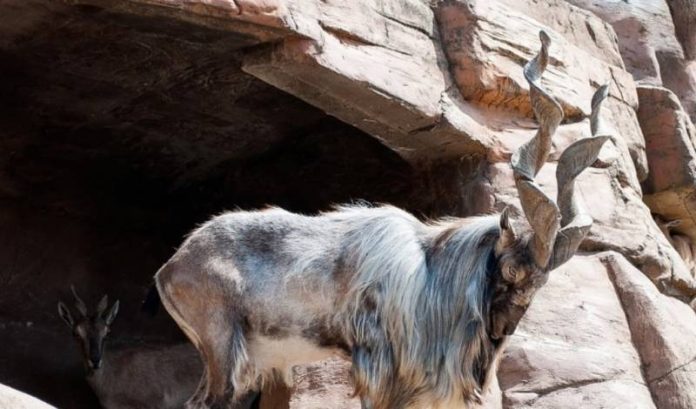The recent record-breaking auction for hunting permits of Astor Markhors in Pakistan’s northernmost territory has garnered attention due to its significant implications for wildlife conservation and local communities. Astor Markhor, a wild goat native to the high-altitude monsoon forests of central Asia, is a critically endangered species, and their conservation is of paramount importance.
In Pakistan, the trophy hunting program for markhors is conducted annually in regions like Gilgit-Baltistan and various conservancies. The highest bid this year, an impressive $186,000, reflects the growing interest in preserving these majestic animals.
Under this program, a substantial portion of the license fee, 80%, goes directly to local communities. This approach aligns conservation efforts with community welfare, making conservation a mutual interest. The government retains the remaining portion, which is a valuable source of revenue for environmental initiatives.
It’s important to note that only elderly male markhors are targeted under this program, ensuring the preservation of the species by not impacting its breeding populations. The success of this program is seen as a noteworthy step in the conservation of biodiversity in Pakistan and showcases the positive outcomes that can result from combining conservation efforts with economic incentives.
The markhor, Pakistan’s national animal, enjoys protection under both local and international regulations, including the Convention on International Trade in Endangered Species (CITES). By embracing sustainable trophy hunting practices, Pakistan is demonstrating a commitment to conserving its unique wildlife while simultaneously benefitting the livelihoods of local communities, providing a model for other regions facing similar challenges in wildlife conservation.


